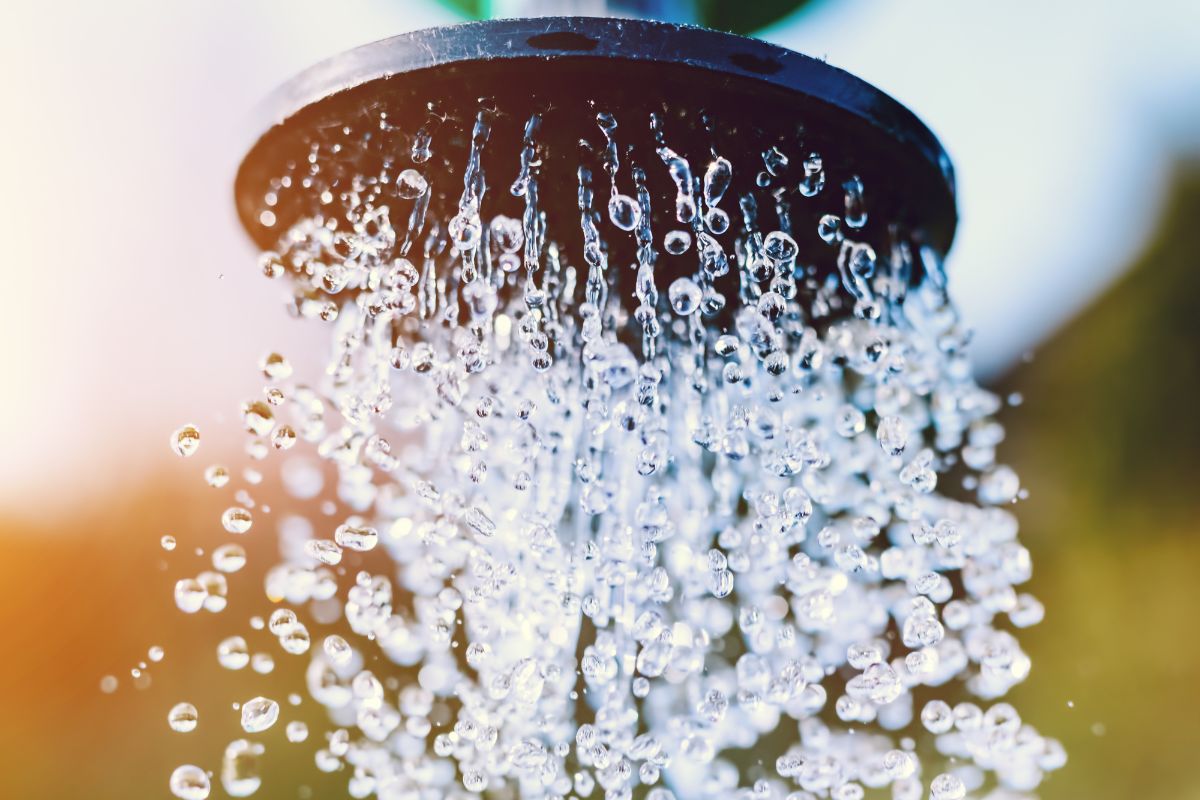
How to Water Your Plants
If you’re a home gardener, then watering your plants is probably one of your regular tasks. But do you know how to water them properly? There are some tips and tricks that can help make sure your plants get the water they need, without wasting, or overwatering them. So, if you’re looking for ways to improve your watering habits, read on for some helpful advice.
Table of Contents
The Best Time of Day to Water Your Plants
The most important thing to know about watering plants is that it should be done at certain times of the day. The best time to water your plants is in the early morning hours. This allows the plant to have access to the moisture in the soil as it is actively growing and photosynthesizing during the day. Go ahead and enjoy your first cup of coffee with a watering hose in hand. If you aren’t an early bird, that’s alright as the second-best time of day to water is in the early evening. Nighttime is when plants use the energy produced during the day and metabolize it for other processes in the plant, including respiration and growth. Watering in the evening also allows the soil to fully hydrate and distribute nutrients. Unwind at the end of the day in the garden, taking time to pause and enjoy the outdoors as you water. We do caution against watering in the heat of the day, as this will not allow the plant to use all the water due to evaporation. Watering on a sunny day at noon can actually damage the leaves, as the water droplets on the foliage can cause burn marks.
How Much Water to Give Your Plants and Soil Type
In order for your plants to thrive, you have to provide them with enough water to stay healthy, grow and flourish. You can measure the moisture level in the ground by poking around into the ground with one or two fingers. If it is not damp, this is a sign that you need to water. Another way to measure how much moisture is in the soil is to use a water moisture meter that is affordable and available from your local garden centre. Sandy soil is going to hold less water than heavier clay soil, so it is also best to determine your soil type before considering the frequency and duration of your watering. The general rule of thumb is that deep watering encourages deeper and stronger root growth and healthier more resilient plants.
Water the Roots, Not the Leaves
When watering your plants, it’s important to focus on the roots and not the leaves. The roots are where the plant absorbs most of its water, so if you water the leaves, you’re not doing much to help the plant. Watering the leaves can also lead to fungal problems, as wet leaves are more susceptible to disease. Focus on watering the roots and making sure the water is penetrating the soil. You can do this by using a garden hose with a soft shower attachment or by using a watering can to pour water directly at the base of the plant.
Distribute Water Evenly
If you want your garden to thrive, it’s important to make sure that the water is distributed evenly. One of the best ways to do this is by using a soaker hose or drip irrigation system. These types of water systems can be installed under the soil and release small amounts of water at a slow rate, making sure your plants receive enough water. Another way to distribute water evenly is by using mulch. Mulch helps to slow down evaporation and keeps the soil cool, which can help prevent runoff and preserve moisture levels.
Watering Tips for Climate and Location
When it comes to watering, you may also need to take into consideration your climate and soil type. Different climates require different watering methods and frequencies. For example, alpine or desert plants and established drought-tolerant varieties can withstand dry periods better than tropical plants. Succulents and sedums hold a lot of moisture in their leaves and may be able to tolerate less frequent watering than other types of plants. Keep in mind woodland and shaded areas have cooler spaces and the evaporation rate is lower, so watering will be less frequent than a container on a sunny patio. Soil type is important too, as some soils hold water better than others.
It is important to know about your plants’ needs, so read the tags and labels and consult reliable sources for information about the specific needs of your plants in your climate and soil type. With the right knowledge and care, you can help ensure that you are providing water when the plant will utilize it.
When to Stop Watering
Once your shrubs, perennials, or bulbs have finished flowering, some may think you can stop watering and allow the plant to go dormant, but that is not the way that most plants grow. Once the flowers have faded, remove them and continue to water all season long. Keep in mind some re-blooming perennials will reward you with more than 2-3 flushes of flowers. Garden plants will continue to photosynthesize, producing nutrients that are necessary for next year’s foliage and flowers. There are many shrubs that will set next year’s flower buds after they have finished flowering. For blueberries, once they have flowered and as the berries are developing, the plants are actively growing fresh stems and foliage. Allow the plant to guide you to when it is ready to go dormant. Once you see the foliage start to turn yellow and then brown, you can trim the stems to soil level and stop actively watering.
Ways to Conserve Water When Watering Your Plants
There are many different ways to conserve water when watering your plants. Some simple strategies include: using a rain barrel to collect and store rainwater, selecting drought-tolerant plants that don’t require as much water, installing smart irrigation systems that automatically adjust the amount of water depending on weather conditions or plant needs, and mulching around your plants. By using some or all of these strategies, you can help reduce water waste and save money on your water bill.
For information on where to find Florissa products near you, please inquire on our Find a Retailer page.



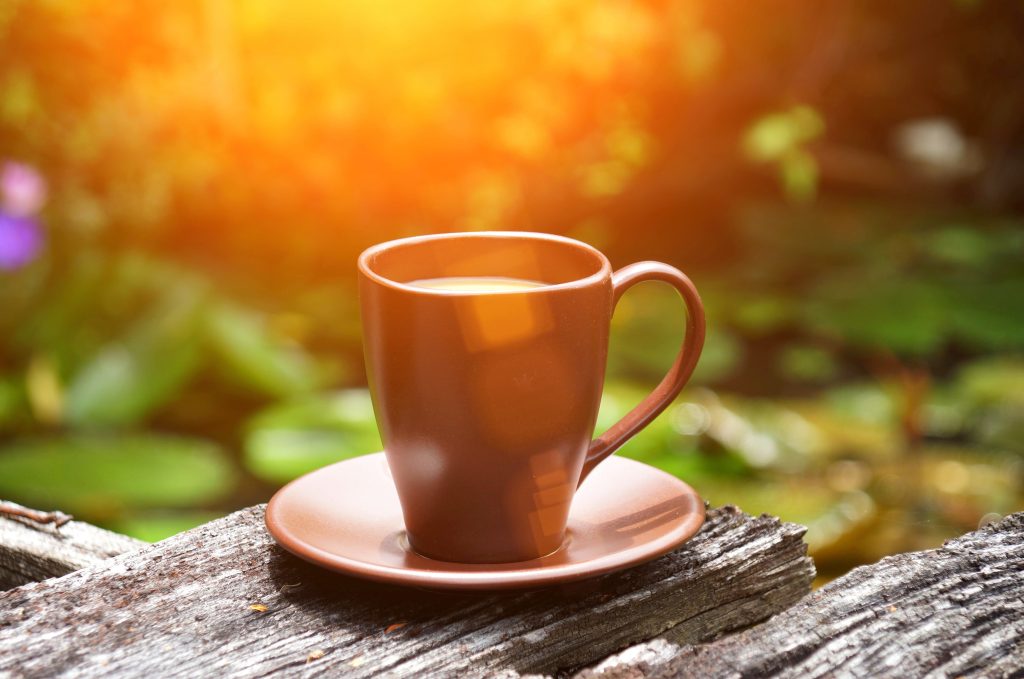
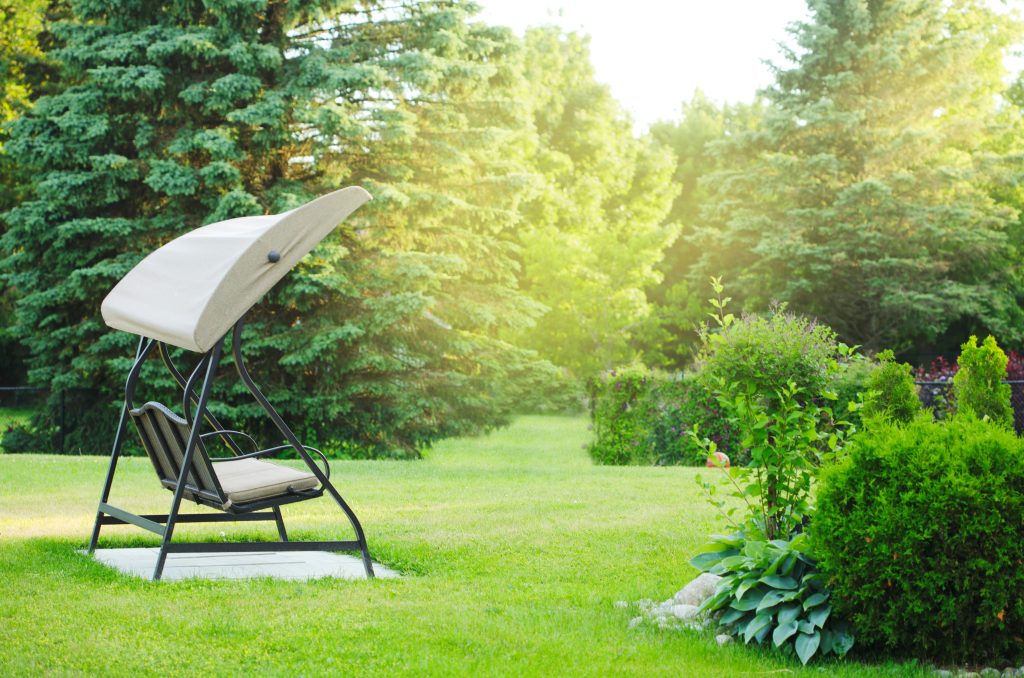
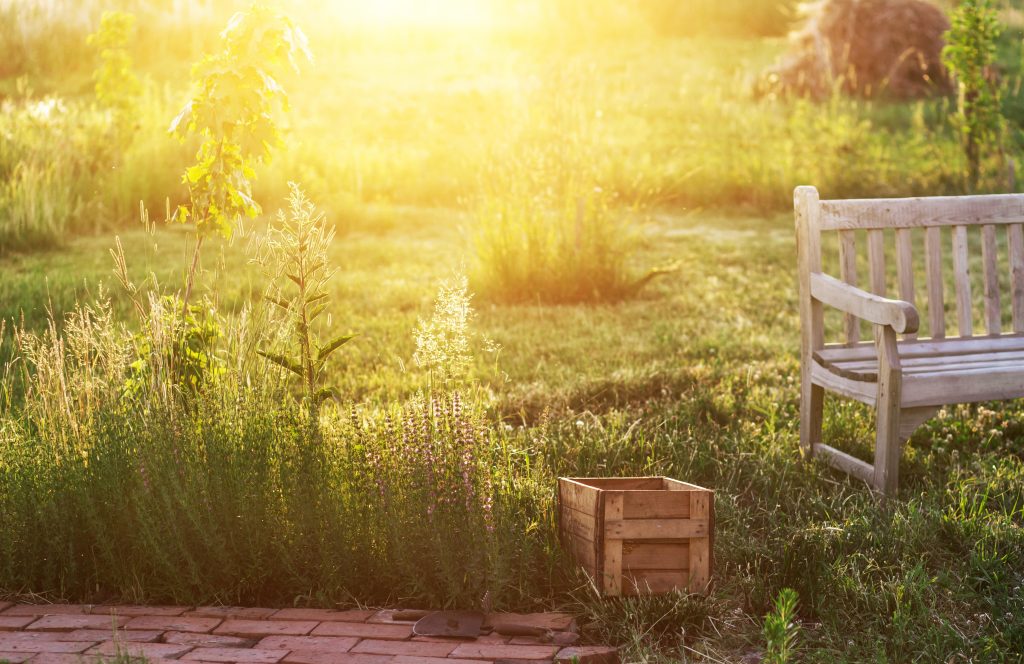



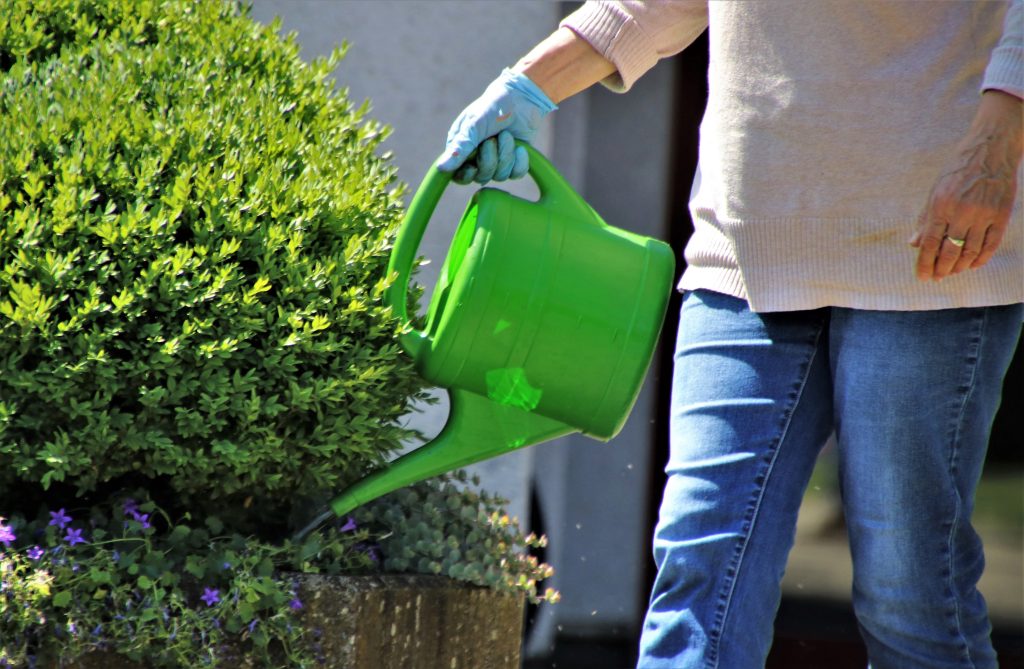
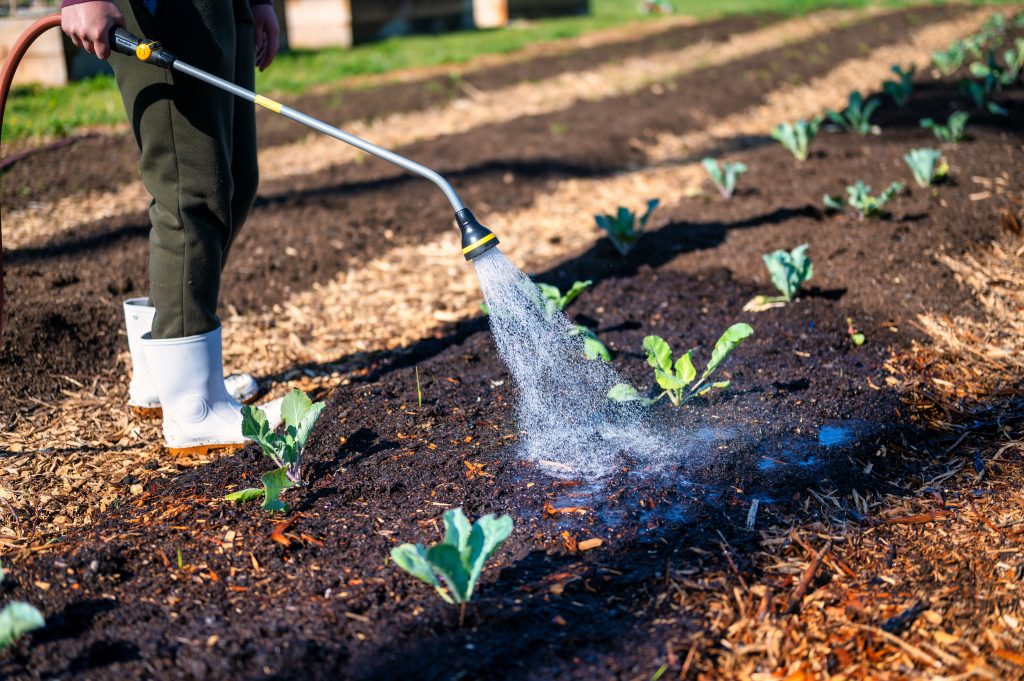


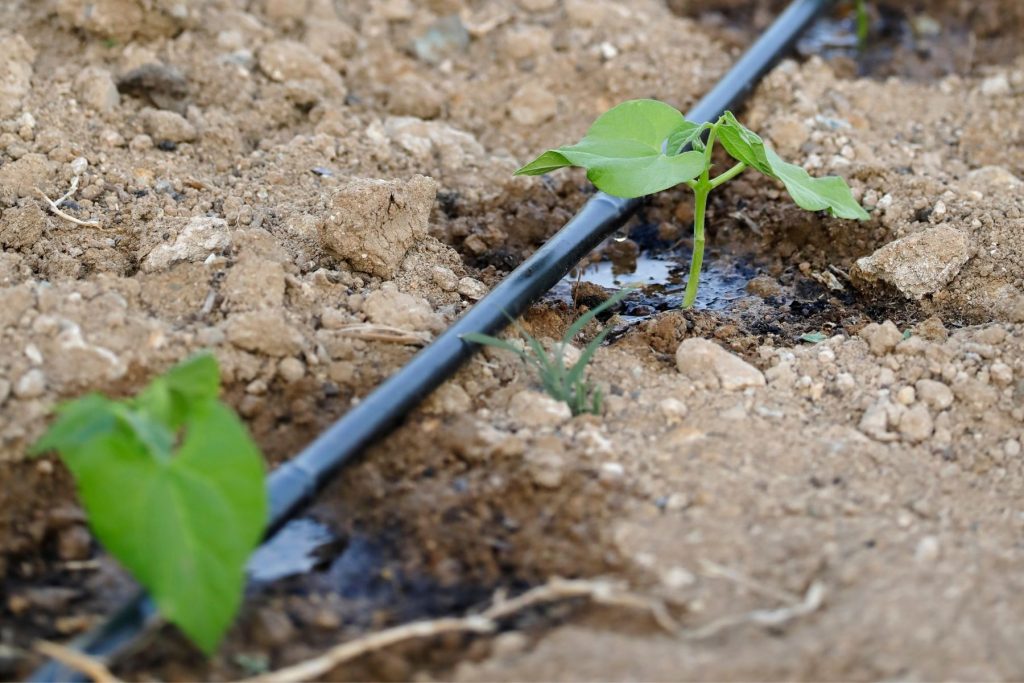
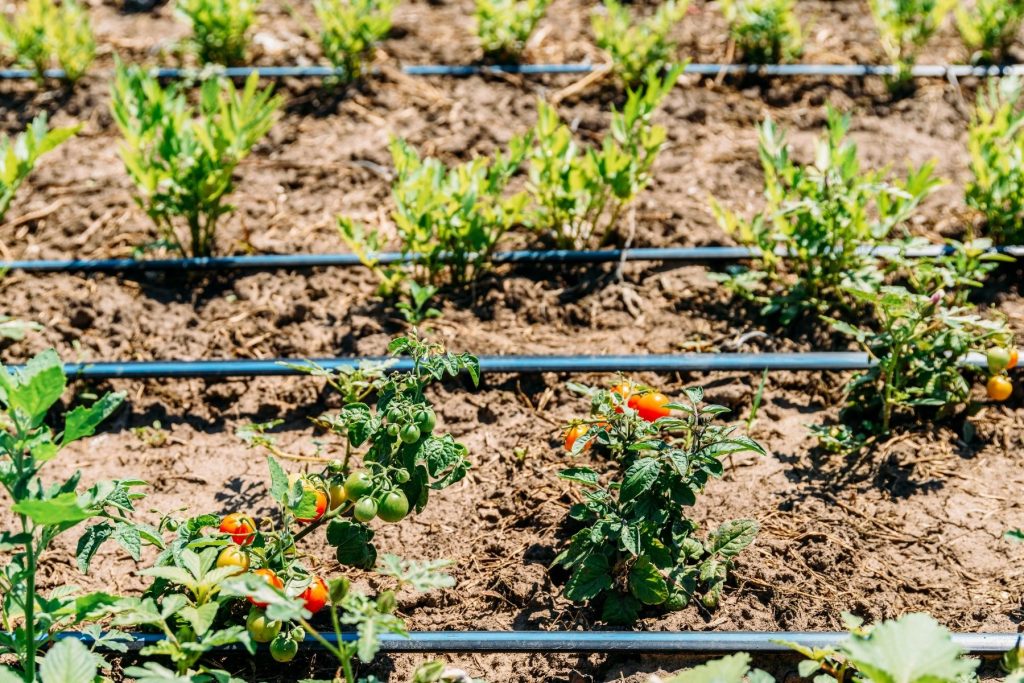
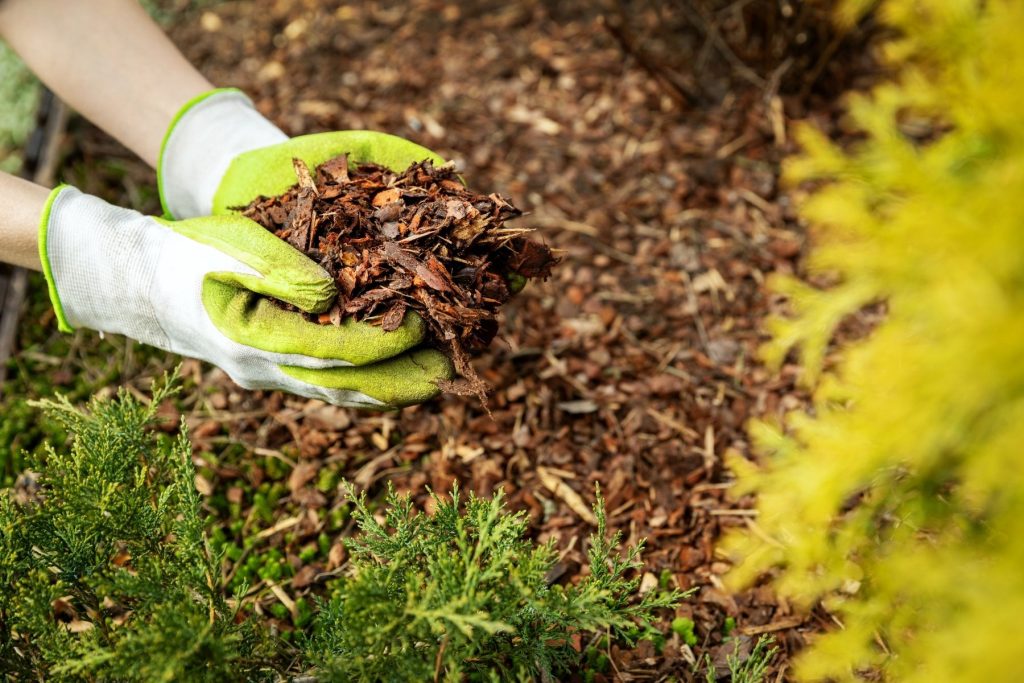
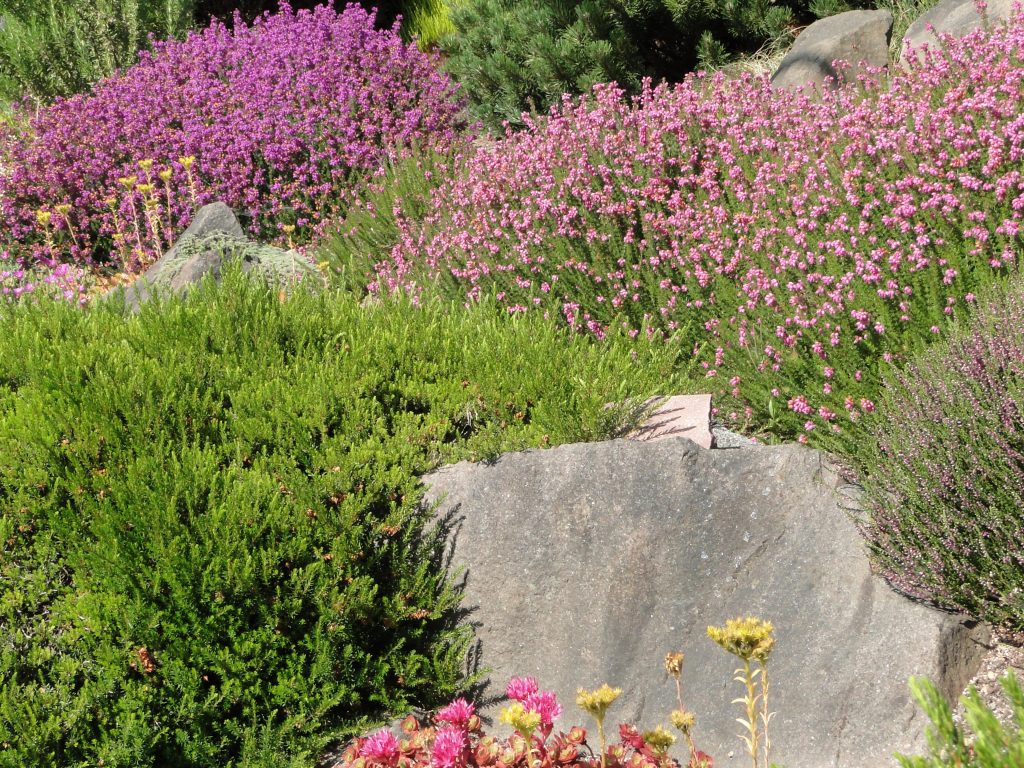
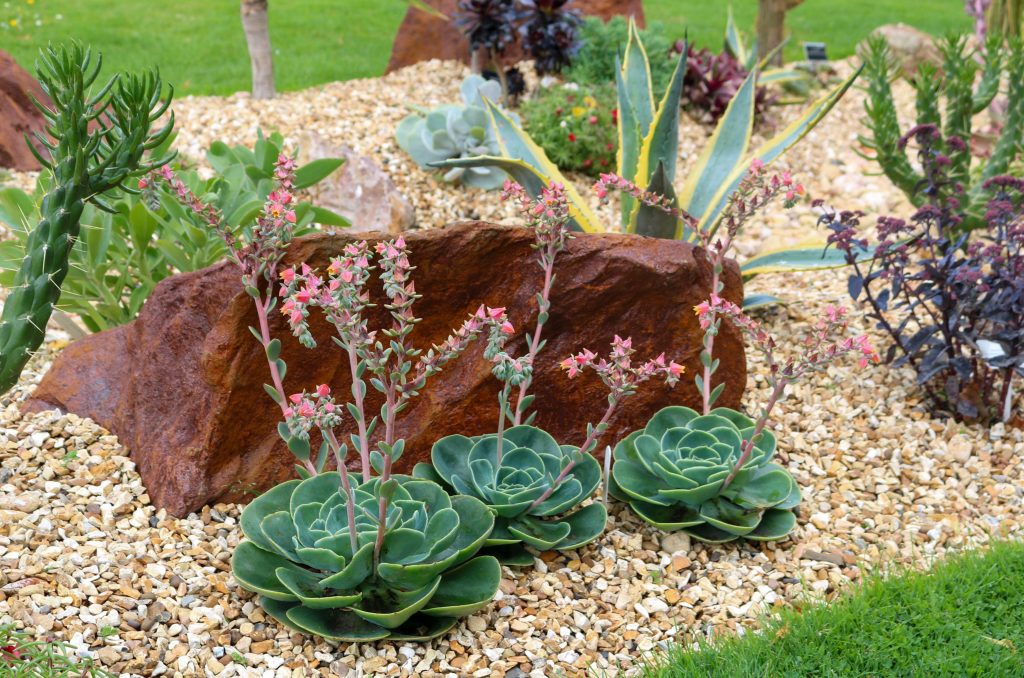
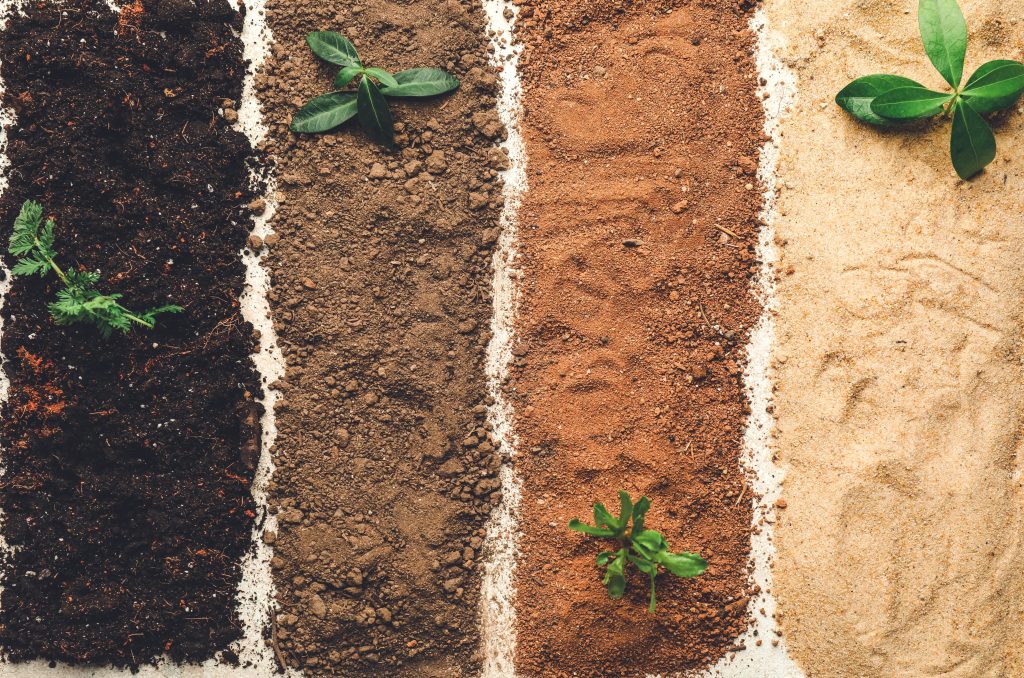
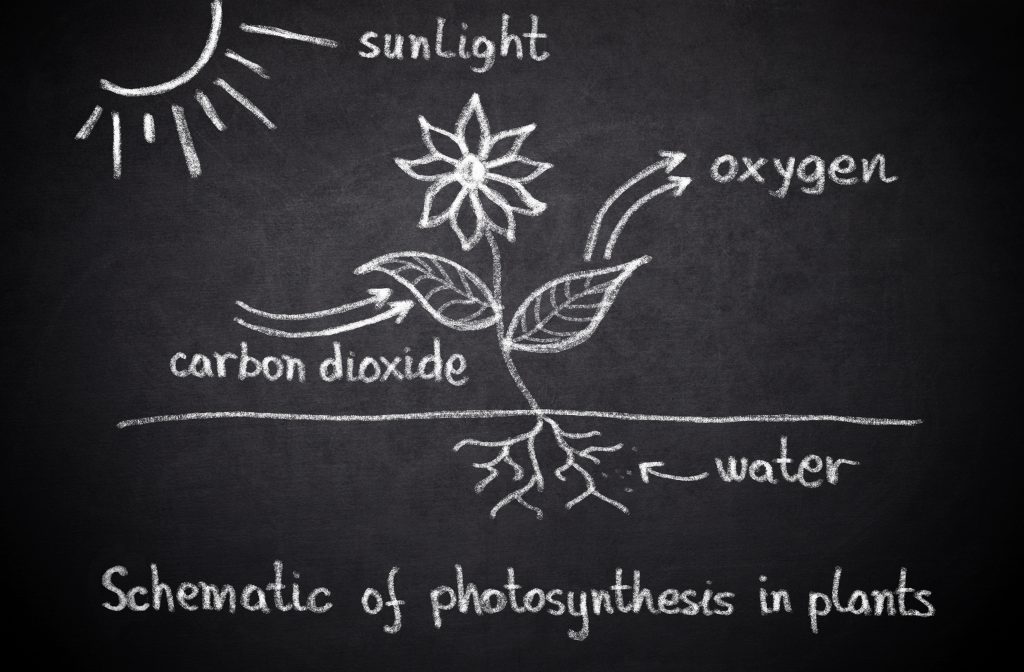

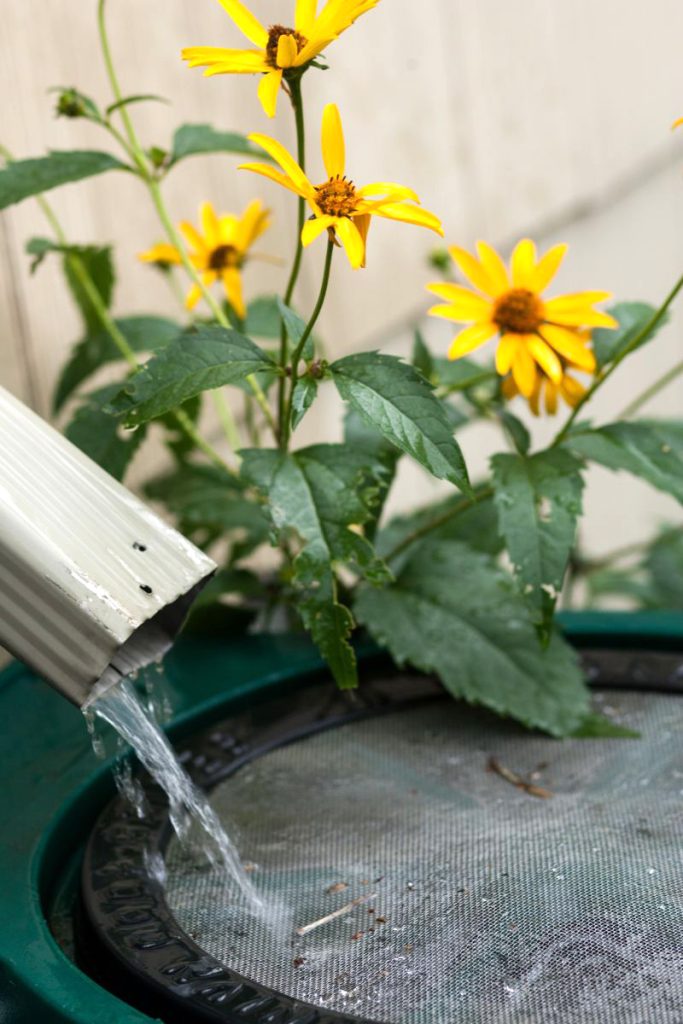

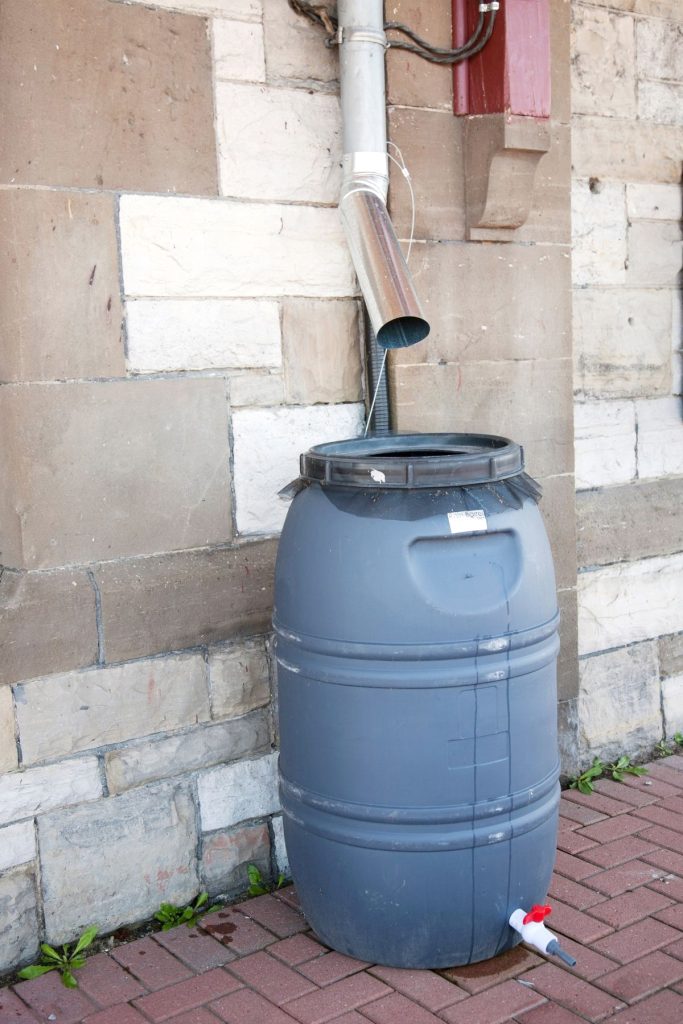
Artin
I love watering.
Artin
I love watering
Ronald Hiney
Thx for all the great tips and info regarding the planets friends!!
It is always helpful for Novice Me in getting the correct info and looking after the garden to optimize the health and well-being of my friends!!
You have helped immensely!!